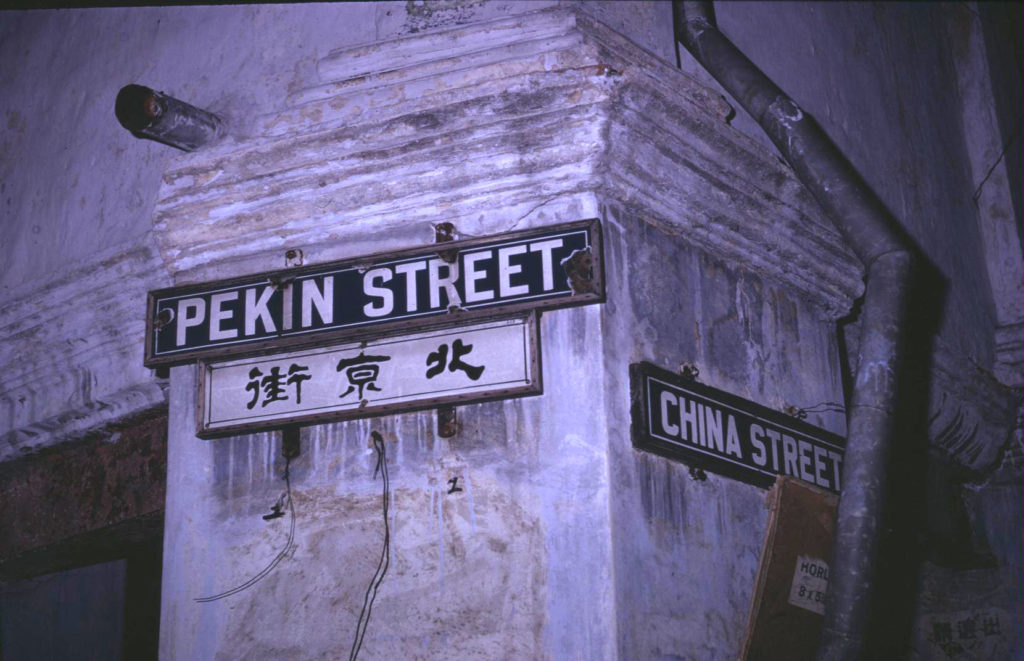If you care about your brand in China, it’s not enough just to register your English-language trademarks. You also need to select a Chinese name and register that as a trademark in China. Otherwise, you will forfeit not only the right to use your Chinese brand name, but the ability to choose it in the first place. See Don’t Be Like Mike: Register Trademarks In CHINESE.
Picking a Chinese name is tricky, and simply being fluent in Chinese does not make someone an expert in Chinese-language branding any more than being fluent in English makes a random American an expert in English-language branding. Far too often we see companies delegate this important decision to their “person in China,” or a service provider or supplier, with predictably middling results. Yes, it’s better than having a non-native speaker pick the Chinese brand name by using Google Translate, but that’s not saying much.
Typically, a foreign company’s Chinese name falls into one of the following categories:
1. A direct translation. (This usually only works with companies that use actual, translatable words in their name.) This is what Microsoft has done: 微软, Chinese characters for “micro” and “soft.”
2. A transliteration, in which the Chinese characters approximate the sound of the English-language name. This is what Google has done: 谷歌, Chinese characters that make the sounds “gu” and “ge.”
3. A new name with a positive connotation with no obvious connection to the English-language antecedent. This is what Pfizer has done: 辉瑞, Chinese characters that make the sounds “hui” and “rui” and mean “brilliant and auspicious” (more or less).
4. A combination of the above. This is what Starbucks has done: 星巴克, the Chinese character for “star” and Chinese characters that make the sounds “ba” and “ke” (“bucks,” more or less).
Selecting your Chinese name is just the first step, though. You then need to register the mark as a trademark, and you also need to think about copycat or soundalike marks. Because China has a limited number of syllables, it is easy to come up with homophones to a foreign company’s Chinese name – especially when that Chinese name is a transliteration. This makes it even more difficult to protect your Chinese name. Chinese trademark examiners might reject a mark that has all the same characters as yours except one, but if the mark has all different characters and they just have similar pronunciations, the mark is much more likely to be approved.
Where we see this most often is the following scenario: a foreign company has a word mark, and that is what they register in the U.S., Europe and China. They incorporate this word mark in a logo that is slightly distinctive – say an oval around the text and in a specific color. The foreign company is careful, and comes up with a Chinese language version of their mark that they register in China. Then a Chinese entity registers two completely different Chinese characters, often with a similar sound, which they then insert into a graphic with the same shape and the same colors. In this way, the Chinese entity produces a deceptively similar trademark without infringing on the specific word mark the foreign company registered.
This is a problem, and it’s made even worse when (1) the client has only registered the Chinese-language version as a word mark or (2) the logo is too generic to be protectable as such.
What can you do? If you’re going to have a logo, make it distinctive, and make sure you register that too. And when you come up with a Chinese-language name, think about also registering other Chinese-language names with characters that have similar sounds and/or meanings. It’s a prophylactic measure akin to registering multiple domain names – annoying, but better than the alternative path of brand dilution or litigation. Trademark owners should also seek, via contract, to constrain their Chinese manufacturers, distributors, and other business partners (especially their distributers and resellers) from registering any trademarks similar in any way (including soundalikes and marks with similar meanings). This won’t affect the trademark squatters, but a significant percentage of trademark infringement comes from current or former business partners.
The key is that you think through what you are trying to accomplish in China with both your English language and Chinese character branding and your logo and take steps to protect those things.

























